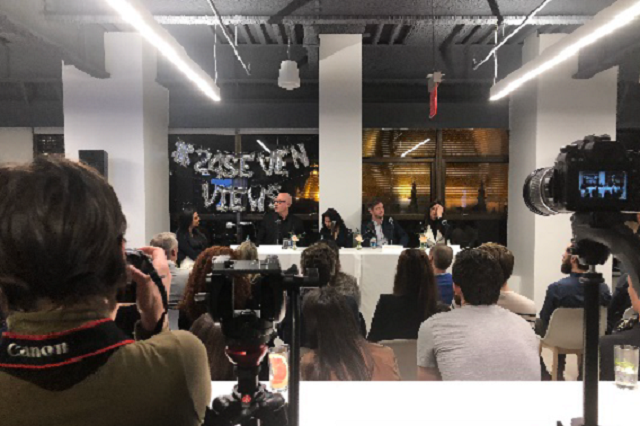
Web Developers
This week, the Coresight Research team attended a TrendSeeder Innovation Series panel called “New Retail Formats,” which was cohosted by 24 Seven, TrendSeeder and Davis & Gilbert in New York City. At the event, which was sponsored by LVMH, Belvedere and Black Barn Restaurant, TrendSeeder CEO Avani Patel moderated a panel discussion among industry experts that covered themes such as retail technology, showrooming and improving the customer experience. The panelists were Andrew Deitchman, Cofounder and CEO of New Stand and former CEO of Mother New York; Rachel Kraus, VP of Marketing at Westfield World Trade Center; Neeta Singh, COO of Activant Capital; and Ron Thurston, VP of Stores and Operations at Intermix. Below are our top takeaways from the event.
- Retail’s biggest competitor is the consumer’s couch because consumers can sit on the couch and order whatever they want. To address this, mall operator Westfield is working on technology that simulates the “Amazon Now” experience and enables retailers to track inventory in real time and offer nearly immediate delivery.
- Best-in-class retail is about providing consumers with one-on-one personal experiences, which may start with education, style suggestions or help with fitting.
- Products, services, and experiences are blending into one retail category. The retail opportunity today lies in taking an initial consumer need and providing something more.